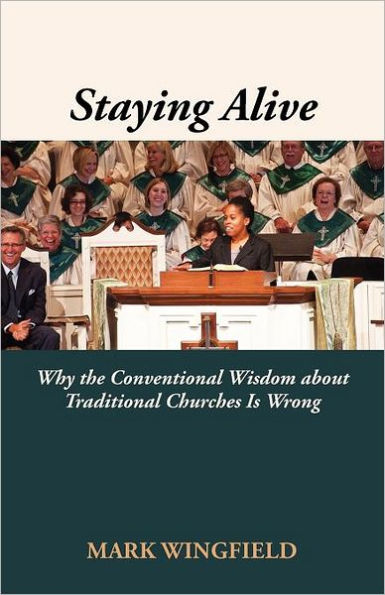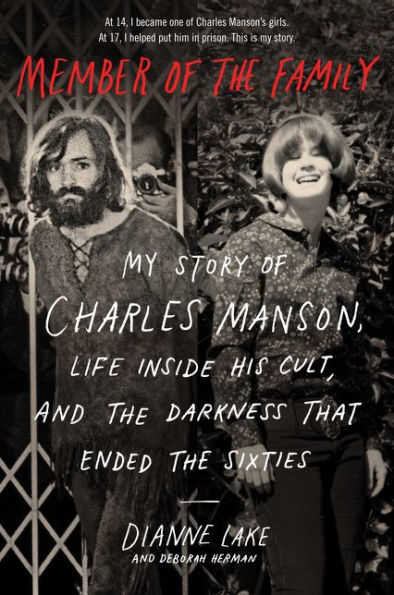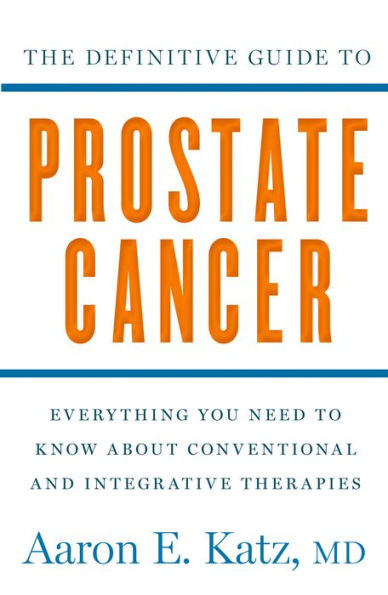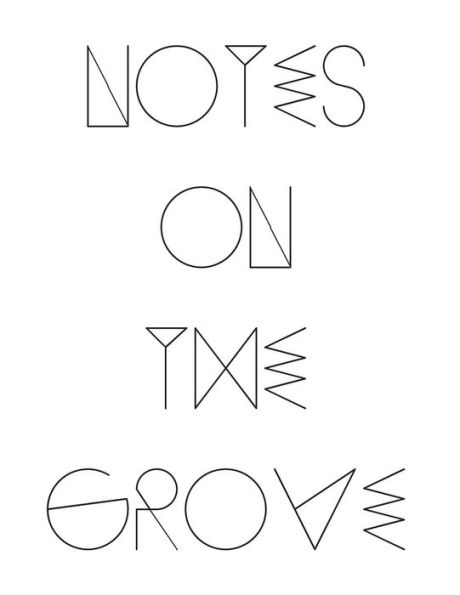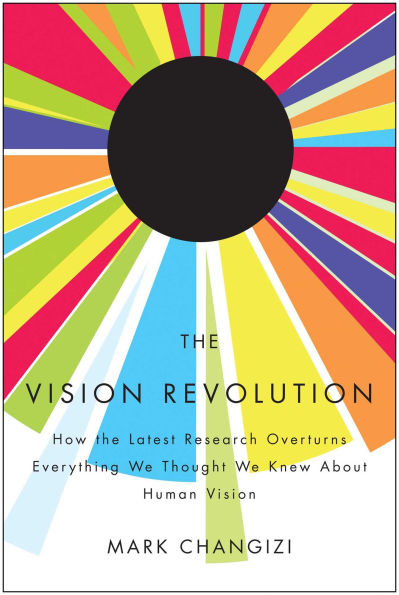Home
Sects and Stats: Overturning the Conventional Wisdom about Cult Members
Barnes and Noble
Sects and Stats: Overturning the Conventional Wisdom about Cult Members
Current price: $99.95
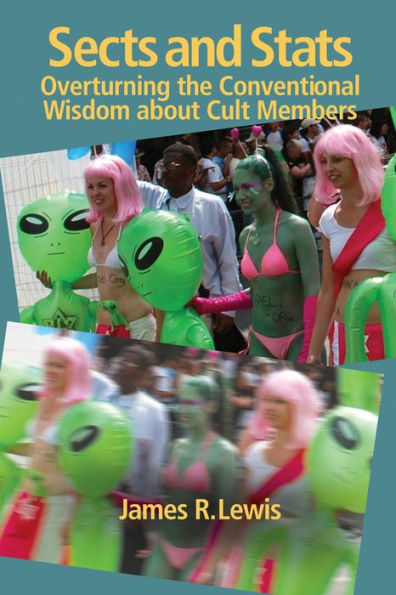

Barnes and Noble
Sects and Stats: Overturning the Conventional Wisdom about Cult Members
Current price: $99.95
Size: Hardcover
Loading Inventory...
*Product information may vary - to confirm product availability, pricing, shipping and return information please contact Barnes and Noble
A major, perhaps
the
major, focus of early research on New Religious Movements (NRMs) was on the people who joined. Most of the field’s pioneer researchers were sociologists. However, the profile of NRM members had changed substantially by the twenty-first century – changes largely missed because the great majority of current NRM specialists are not quantitatively oriented.
Sects & Stats
aims to overturn the conventional wisdom by drawing on current quantitative data from two sources: questionnaire research on select NRMs and relevant national census data collected by Anglophone countries.
also makes a strong argument for the use of longitudinal methods in studying alternative religions. Additionally, through case studies drawn from the author’s own research projects over the years, readers will be brought into a conversation about some of the issues involved in how to conduct such research.
the
major, focus of early research on New Religious Movements (NRMs) was on the people who joined. Most of the field’s pioneer researchers were sociologists. However, the profile of NRM members had changed substantially by the twenty-first century – changes largely missed because the great majority of current NRM specialists are not quantitatively oriented.
Sects & Stats
aims to overturn the conventional wisdom by drawing on current quantitative data from two sources: questionnaire research on select NRMs and relevant national census data collected by Anglophone countries.
also makes a strong argument for the use of longitudinal methods in studying alternative religions. Additionally, through case studies drawn from the author’s own research projects over the years, readers will be brought into a conversation about some of the issues involved in how to conduct such research.
